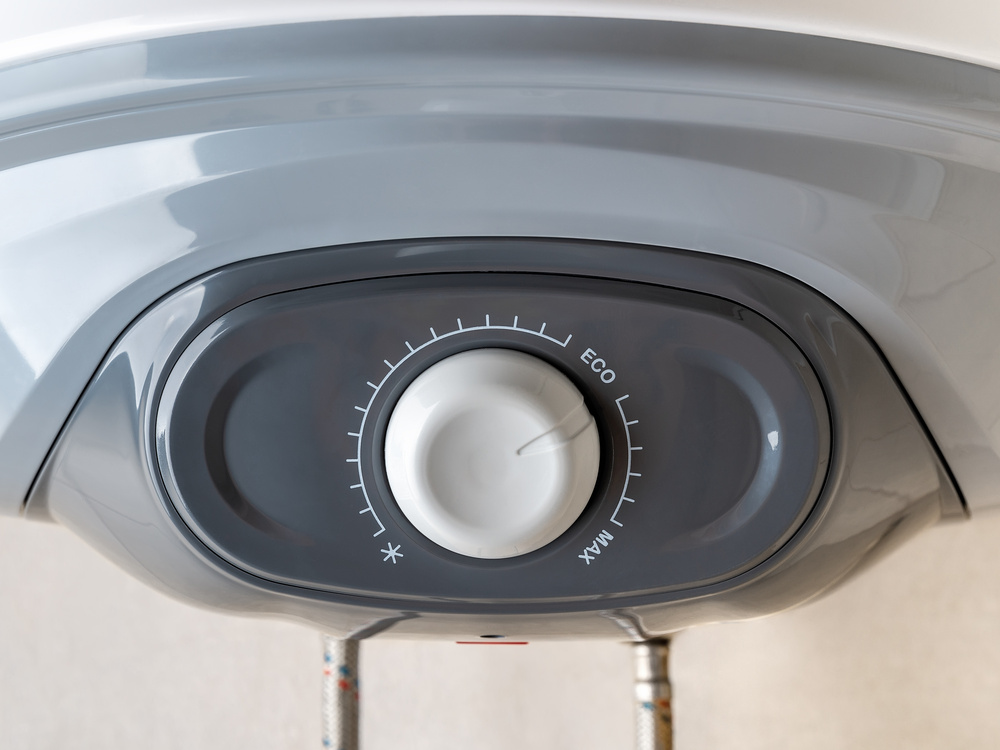Call or Text
801-438-4793
Transitioning from A/C to Heating: Preparing for Cooler Temps
September 19, 2014
As summer slowly comes to an end and the gradual transition to fall occurs, now is a good time to begin inspecting your furnace and home ventilation system in early preparation for colder temperatures. Though the same ductwork that supplies the cold air from your air conditioner in the summer supplies the heat in the fall and winter, you should still ensure that it is in good condition with the transition of each season. Inspecting the furnace is, above all, the most important part of getting ready for the transition to cooler temperatures. If your furnace needs to be replaced, it is best to do so in the next couple months. Additionally, you want to make sure that your home is properly insulated and sealed to retain heat when you do power up the furnace.
Furnace Inspections
Inspecting your furnace for deficiencies is very important year round since the furnace also powers the central air conditioner in the home. Fortunately, when inspecting your home heating and cooling systems, there are a few essential components that often malfunction. The heat/cold source, the distribution system, and the thermostat are the common sources of a problem with the furnace. If the furnace fails to turn on, there may be a problem with the power source. If no air reaches the rooms, there is likely a problem with the distribution system or blower. Often, blown fuses or tripped circuits are the root of furnace malfunctions, so when inspecting the system check these things first. Also, check the power, thermostat, gas–if applicable, and reset the motor. If the unit is working fine after doing any of these things, the system is likely in fine condition.
Insulation and Weatherstripping
As temperatures steadily drop over the next month or so, beginning to inspect the overall insulation in your home is a good idea. This includes the insulation in the attic, as well as the weatherstripping around doors and windows. The better insulated your home, the more heat it will retain and the more consistent your energy costs will be. Make sure that your attic is properly ventilated to avoid excessive heat buildup in the attic during the cold. This heart buildup could melt snow and ice on the roof, cause runoff into gutters, and lead to the formation of ice dams. A well ventilated and insulated attic will prevent this buildup while retaining heat in the lower levels of the home.
If you notice gaps or cracks around doors or in walls, repair these before the weather turns cold. Air can infiltrate even the smallest openings and suck heat from your home. Add weatherstripping to doors and consider replacing single pane windows with more energy efficient double pane glass. Year round, a lot of energy can be lost through the windows, so upgrade these as a reliable way to help retain heat. Preparing for cold weather early will help ease the seasonal transition and ensure that your home is equipped for colder temperatures.
Recent News

How to Prevent Mold in a Utah Home After Plumbing Repairs
September 11, 2025

A Utah Homeowners’ Guide to Smart Thermostats
September 10, 2025

My Water Heater’s ECO Switch Keeps Tripping – What Does It Mean?
August 21, 2025

Calling a Contractor for HVAC Services Shouldn’t Be a Nightmare
August 20, 2025

7 Hidden Fittings That Make Your Plumbing Work
July 21, 2025

Never Underestimate the Value of Your Furnace and AC Filter
June 25, 2025
